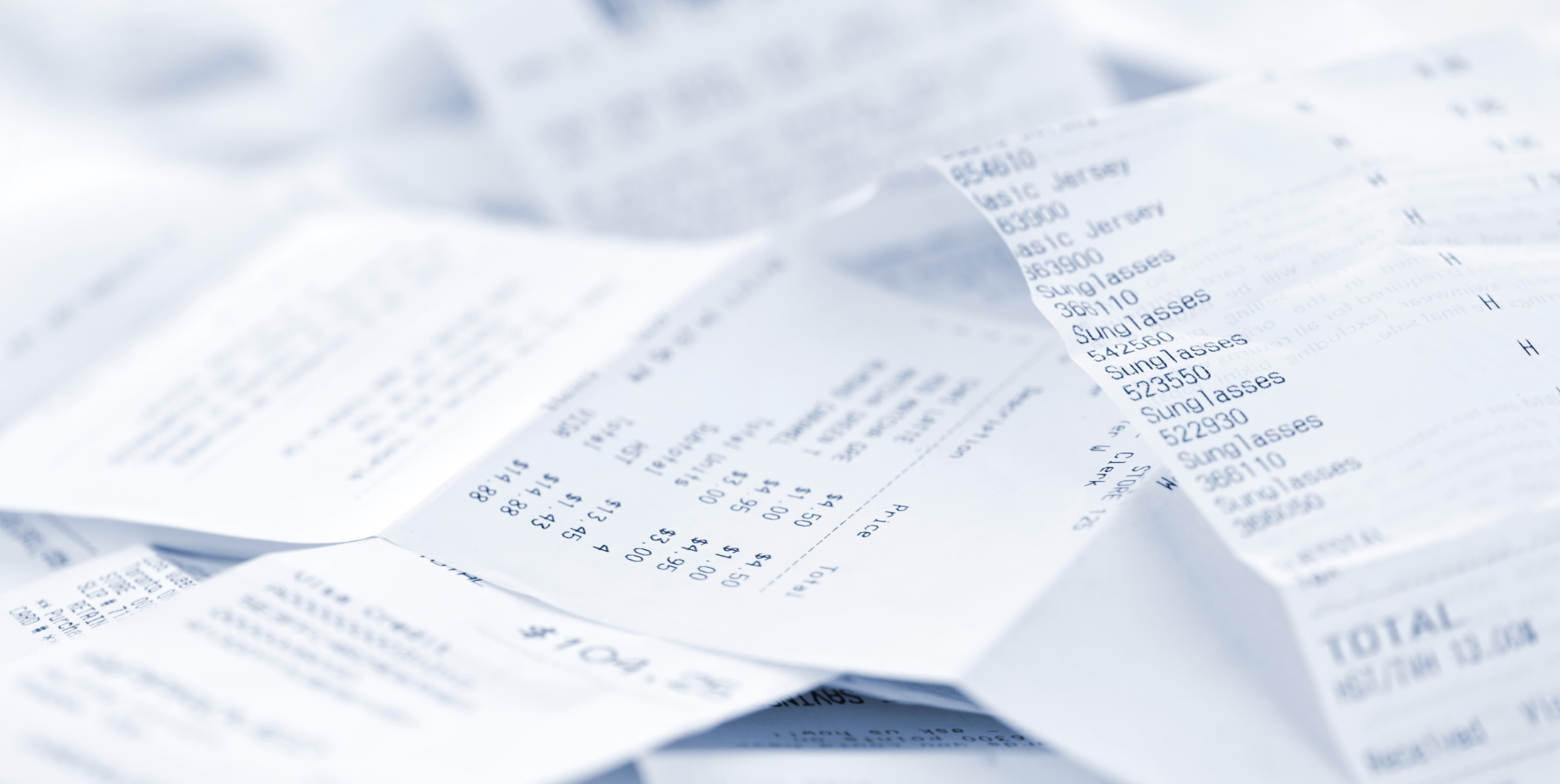Donation receipts tend to be pretty boring. They generally run something like this:
Dear Abby,
Thank you for your donation of $25 to our organization. Below, please find the details of your transaction for your records.
Snore.
Your donation receipts don’t have to be boring! Adding a few elements to your donation receipt will make a great impression on your donors and increase the likelihood that they donate again in the future.
Here are some pieces to add to your donation receipt to inspire (and not bore!) your donors.
Add a Great Image to Your Donation Receipt
Including a great image in the header of your receipt is so important. Humans are visual creatures; we’re hardwired to like and connect with images.
We know that donors choose to support causes they connect with emotionally. Adding an image to your donation receipt that shows the impact their gift will make reinforces that emotional connection! In one image, you can tell your donors, “You’re amazing! Look at the good you’re doing by supporting this mission!”
Here are some tips that will help make your image effective:
- Use a positive image. Pictures of sad animals or polluted wetlands or other negative imagery can be effective in an ask. But your donor needs to feel like their gift accomplished something good. Pick a happy or hopeful image to go with your receipt.
- Think about using an image that combines your positive photo with a brief tagline about how your donor is making a difference. The goal here is to make your donor feel good about supporting your work!
- Use as high-quality an image as possible. This is the first thing your donors will see when they open their receipt, so a colorful, well-composed image is key! Try to focus on people who are benefitting from your services to add a human element to your email.
Include a Thank-you Message in the Body of Your Receipt
You know you need to thank your donors for their support. You also know that they automatically receive receipts after they make a gift. Why not use your donation receipt to say thank you?
Now, just to clarify, using your donation receipt to thank your donors doesn’t mean you shouldn’t send a follow-up thank you email. That’s not what it means at all! But this is an opportunity to thank donors immediately following their gift.
Write a quick thank-you note to your donor… and leave it there. Fight the temptation to talk about yourself or to ask for an additional gift. Say “thank you” as specifically and as clearly as possible. It will make a big impression on donors!
Be Specific about Their Gift
The more specific you can be about a donor’s gift and what it will accomplish, the happier they’ll be.
Here are some ways you can be super specific about their how you’ll use their donation.
- Swap out sentences like “Thank you for your donation to our organization” with language like “Thank you for supporting [this specific campaign or program]” makes your message much more personally interesting to your donors.
- Use conditional content to add text relevant to specific restrictions. This will let you speak directly to your donor about how their money will impact an area of your work they find especially interesting.
- Tell donors how you’ll use their gift. This makes them feel good about supporting your nonprofit. Make sure you also tell them you’ll be in touch with updates… And then follow through!
If some of those bullet points are out of your reach, don’t fret too much. Thank your donor and tell them they’re making a difference. Those are the two most important bits. Combine those points with addressing them by name (do NOT use phrases like “Valued Donor” or “Dear Sir or Madam” — ugh) and you’ll get the point across.
Include Transaction Details
Other elements aside, this is definitely still a donation receipt and you still need to include transaction details. This area of your receipt demands specificity — don’t just tell the donor how much they donated!
Some good details to include are:
- Name of the form they used (if you have multiple forms for different campaigns)
- Which restriction they supported (if applicable)
- The payment method they used
- Billing information
- Dedication details (if applicable)
- The tax-deductible part of their donation (if they receive goods or services, like at an event)
You may also want to include a note about your organization’s tax-exempt status — talk to your legal team or check your state’s guidelines to see if it’s necessary!
Want to learn more about how to set up a fantastic donation receipt? Here’s an example and a template (plus some extra tips) you can use to write one of your own.



